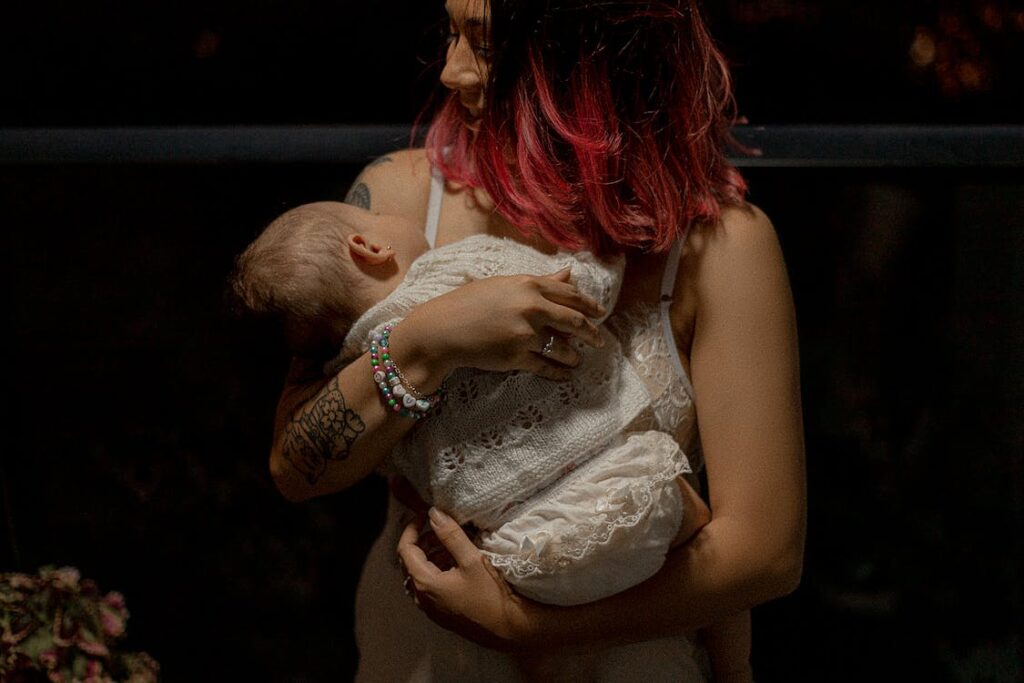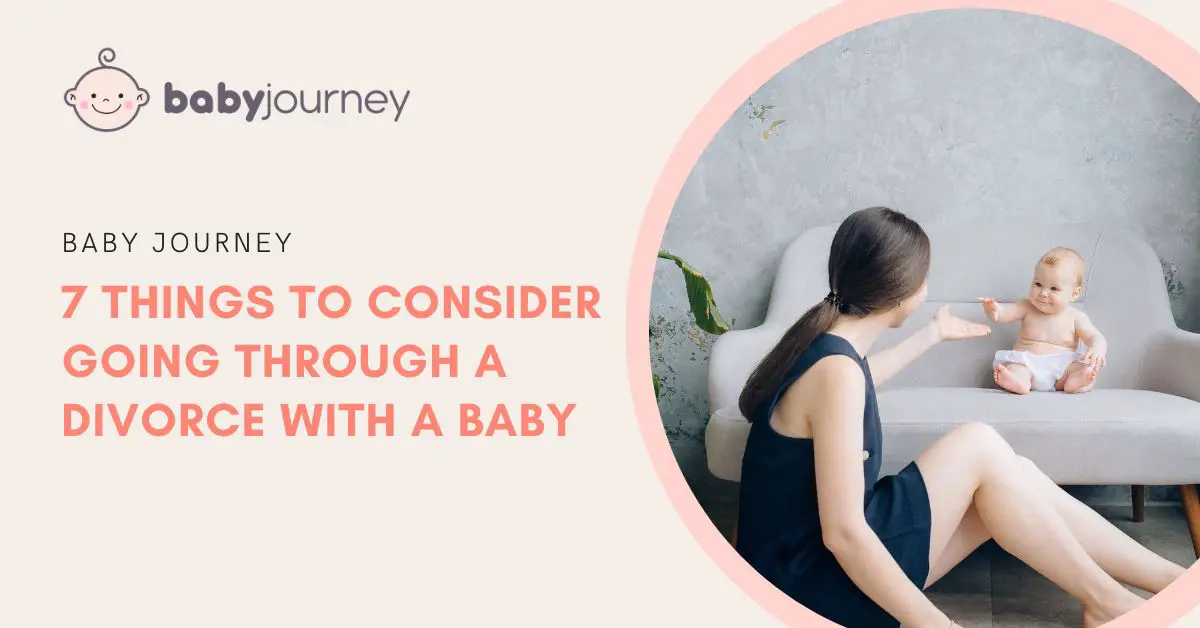Going through a divorce with a baby can be an incredibly taxing experience for any couple. And when there’s a baby involved, it’s often tougher since you have to juggle the physical needs such as baby items as well as the emotional side of things. It’s no longer just your world turning upside down, but theirs as well. Tread carefully; amid this turbulence, little hearts and minds are incredibly susceptible to harm.
In this article, we will guide you on how to navigate through this difficult journey with great care and consideration, while being mindful of both your needs and the wellbeing of your precious young child.
From taming emotional storms to treading legal mazes, the goal is to help you emerge from this with strength and confidence.
1. Navigating the Emotional Tsunami Post-Divorce
After a divorce, it’s normal to feel a whirlpool of emotions. Talk of sadness, anger, fear, and — you name it. But remember, your baby is tuned in to your feelings. They pick up on your emotional state, which can affect their own emotion regulation and stress levels too.
It’s crucial to give yourself permission to grieve the divorce with a baby involved, but also find healthy ways to cope so that you can remain a solid rock for your baby during this tumultuous time. Self-care activities, family therapy sessions with your ex-spouse, or support groups can be truly beneficial at this stage.
2. Financial Hurdles After Divorce With a Young Baby in Tow

Now, let’s talk about the elephant in the room… finances. It’s no secret that raising a baby can be expensive. Doing it single-handedly after a divorce with a newborn or an infant child may direct an extra toll on you financially, thus the need to create a post-divorce budget as a safety net of sorts.
Factor in all existing incomes and expenses first. Account for everything from daycare costs to healthcare expenses that go into taking care of your baby. And remember, these may fluctuate as your child grows up so periodic revisiting and adjustments are key.
3. The Custody Conundrum: Strategies for Success
We stumble upon the crossroads — child custody. The first big step is understanding the difference between legal and physical custody. Legal custody gives you the authority to make major decisions for your child, while physical custody means whom your child will mainly live with.
In most cases, judges lean towards joint legal custody as this provides the child with access to both parents. Nonetheless, every case is unique and numerous factors come into play in these decisions. These may include the stability of the parenting environment, each parent’s ability to care for the child, etc.
4. Can the Mother Ask for Full Custody?
Yes, she can. But she should keep in mind that courts usually prefer some form of shared custody to nurture the child’s relationship with both parents unless there are legitimate reasons that would endanger the child’s well-being.
If your desire is to get full custody of a child, it is crucial to prepare strong grounds proving your capability as the primary or sole caretaker, regardless of whether it is a divorce with a toddler or divorce with infants.
Above all else, it’s essential to approach this in a manner that seeks what’s best for your child and not just based on personal feelings or disputes.
5. Legal Loopholes and Pitfalls to Avoid

Undergoing a divorce with a child involved comes with unique challenges. An informed approach can keep you from stumbling into unexpected legal pitfalls. Be wary of these common mistakes that could get you in hot soup after you sign those divorce papers:
- Skipping Child Support Payments: Stick to the allocated schedule religiously. Missed payments may lead to penalties, and in severe cases, loss of custody rights.
- Violating Visitation Schedules: Courts don’t take kindly to parents who don’t comply with visitation rulings as they deem it in the best interest of the kid for both parents to be involved.
- Overlooking Parenting Plans: A parenting plan outlines the duties of each parent post-divorce – ignoring this could possibly breed conflicts that may negatively affect your child’s well-being.
6. Your New Role as a Single Parent
Stepping into the shoes of a single parent can feel overwhelming, and that’s perfectly okay. It’s indeed a big change – you’re suddenly playing the role of both mom and dad for your tiny tot.
But do remember, you don’t have to perfect everything at once. Take it one day at a time. Joining support groups or seeking help from loved ones can significantly ease your transition into this new role.
7. Navigating Co-Parenting
Co-parenting post-divorce can feel like attempting to climb Mount Everest with flip-flops on, but it’s possible to navigate it successfully. Central to this is maintaining an open line of communication with your ex-spouse and placing your child’s best interests at the forefront of all decisions.
While striking that balance can be tricky, focusing on cooperation, respect, and consistency creates a platform for effective co-parenting. If you often wonder how to coparent with a newborn or toddler, remember, creating harmony in this new dynamic is crucial for your child’s overall well-being.
Conclusion: Baby First – Prioritizing Your Child’s Needs
Amidst all this change, it’s key to remember one thing. Your little bundle of joy didn’t ask for this separation. They are the most vulnerable in this situation and their wellbeing must be given utmost priority.
Listen to your child. Look out for any signs of stress or unusual behavior that they may exhibit. Remember, you’re their safe space and they need you right now more than ever.
Make an effort to keep things as consistent as possible for your baby while ensuring they receive abundant love and support from both ends if possible. At the end of the day, what matters most is ensuring a happy and secure future for that cute little angel.

 PARENTING TIPS
PARENTING TIPS PREGNANCY
PREGNANCY BABY CARE
BABY CARE TODDLERS
TODDLERS TEENS
TEENS HEALTH CARE
HEALTH CARE ACTIVITIES & CRAFTS
ACTIVITIES & CRAFTS
![810| Hospital Birth, Bradley Method & Home Birth Stories – Ann Timm [rebroadcast] 810| Hospital Birth, Bradley Method & Home Birth Stories – Ann Timm [rebroadcast]](https://ourbabyfriendly.com/wp-content/uploads/2020/02/ourbaby-friendly-facebook-profil-picture.png)

